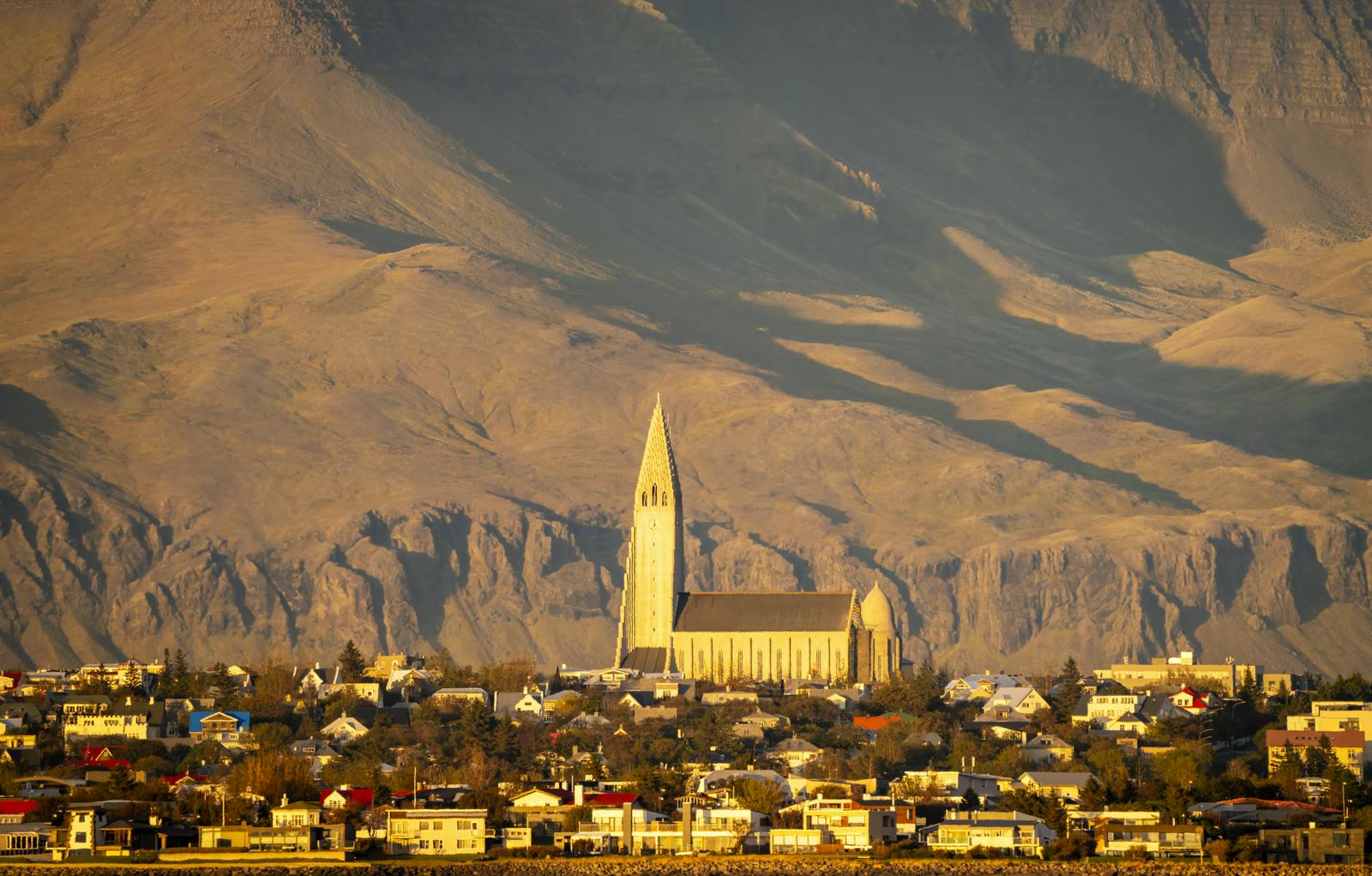
Things To Do In Reykjavík In July
Summer is a fantastic time to visit Iceland, and the coming of warmer weather to our Nordic island ensures plenty of things to do in Reykjavík in July.
Since Iceland is so far north, at this time of year you will experience the amazing phenomenon of the midnight sun. Each day in July has at least 18 hours of daylight, giving you plenty of time to see the sights. To avoid the high-season crowds, you can start your sightseeing early in the morning or stay out later in the evening, whichever suits you better.
Outdoor pursuits, indoor caves
If you intend to venture beyond the capital, then July is the perfect month, as the Icelandic weather should be on its best behaviour. Driving conditions will generally be good, with no snow on the roads and the highland routes mostly open to drivers (although you will need a four-wheel-drive vehicle to tackle them).
Iceland's outdoor pursuits are most readily available at this time of year: whale watching, puffin spotting, hiking, kayaking, cycling, and camping are all things to do in and around Reykjavík in July.
However, some tourist activities aren't possible in summer, such as visiting Iceland's ice caves, as they often become unstable in warmer weather. But you can still marvel at how these amazing natural structures are formed by visiting Perlan's man-made ice cave, which is open all year round.
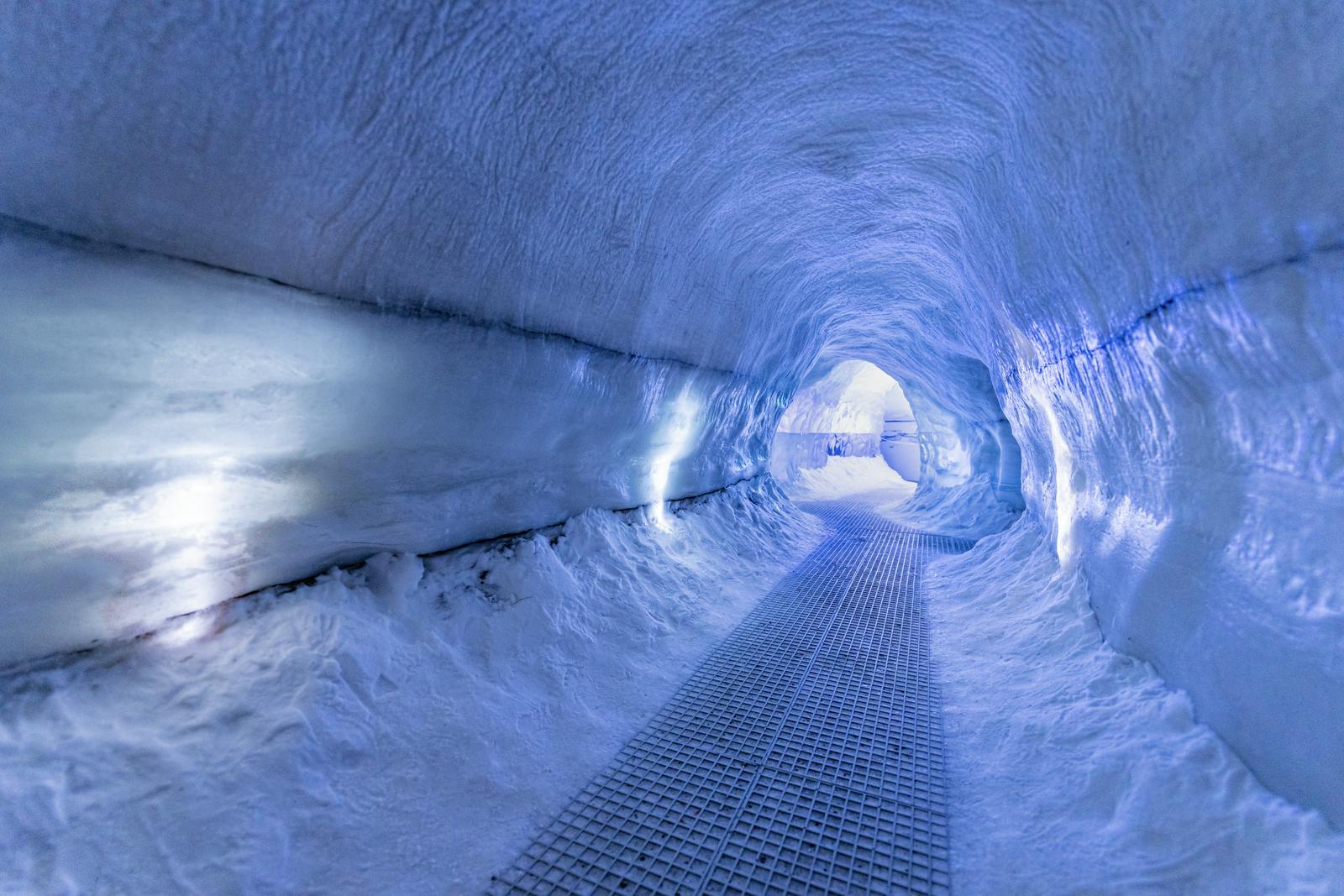
The cave — 100 metres long, and created using more than 350 tonnes of real snow from Icelandic mountains — provides an exciting experience in a comfortable environment. And while you're visiting Perlan, don't miss our glaciers exhibit to learn how the ice which forms the caves has also carved and shaped our island over millennia.
Sólfar selfie
A couple of Reykjavík's staple visitor attractions are a must-see at any time of year but really come into their own in July.
The first — Sólfar, or The Sun Voyager — is a steel sculpture sited on the coast beside Sæbraut, a main road in downtown Reykjavík. As it's the subject of a million social media photos by tourists in Iceland, you'll almost certainly recognise it.
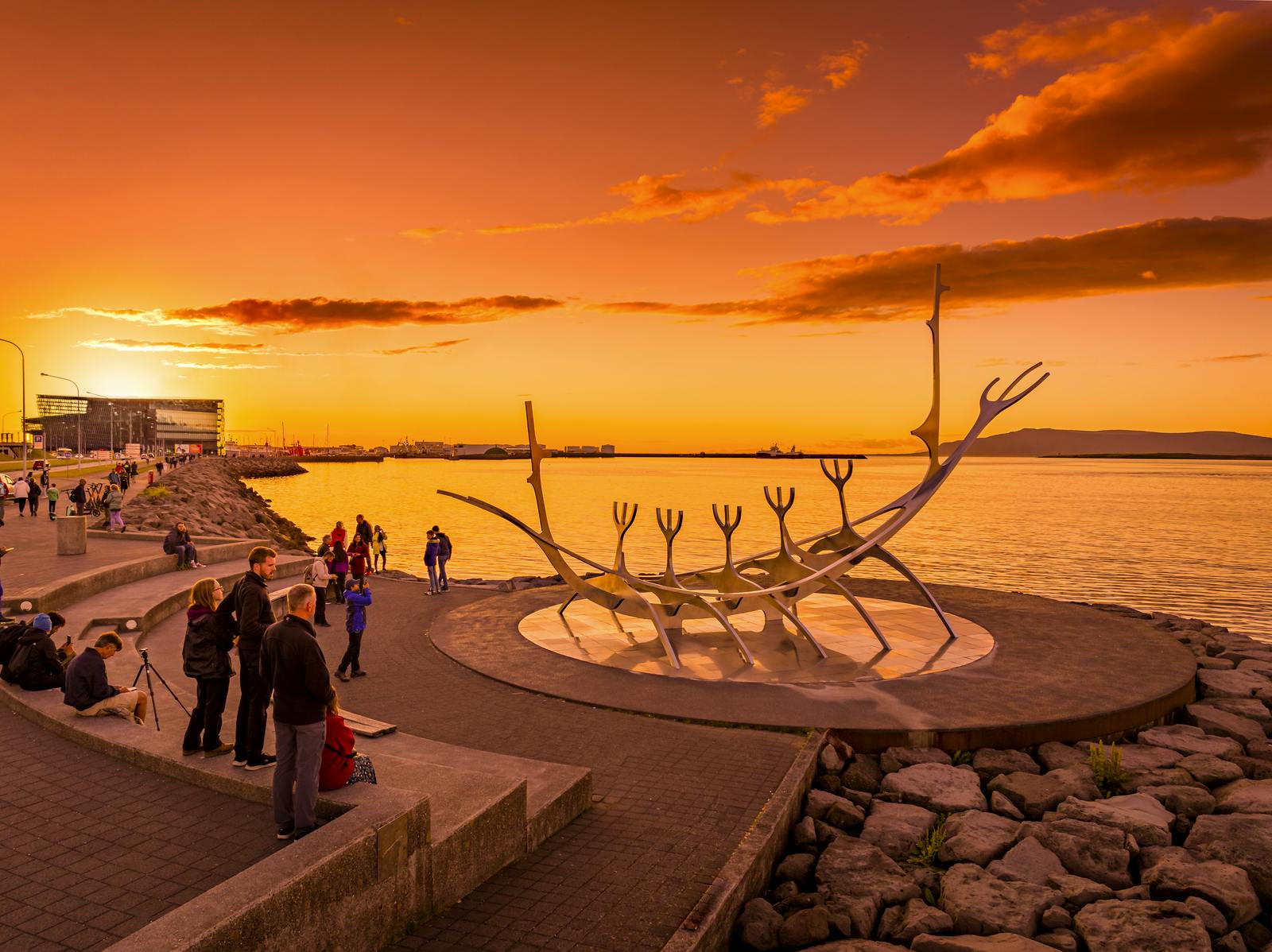
Created by Icelandic sculptor Jón Gunnar Árnason to represent light, opportunity and freedom, Sólfar was installed in 1990 and resembled what many visitors might imagine a Viking longboat to look like.
The bow points northeastwards across the bay towards the mountain range of Esja, and July's relatively good weather provides the opportunity to capture sculpture, ocean and mountain in one photo. Just expect to have to take your chances in a forest of selfie sticks.
Harpa concert hall
A 10-minute walk up Sæbraut brings you to the concert hall of Harpa, a remarkable and award-winning piece of architecture which opened in 2011.
The building comprises a huge steel frame housing myriad panels of clear and coloured glass, drawing inspiration from Iceland's basalt rock formations to create a lattice of prisms and reflectors which interact with the summer sun.
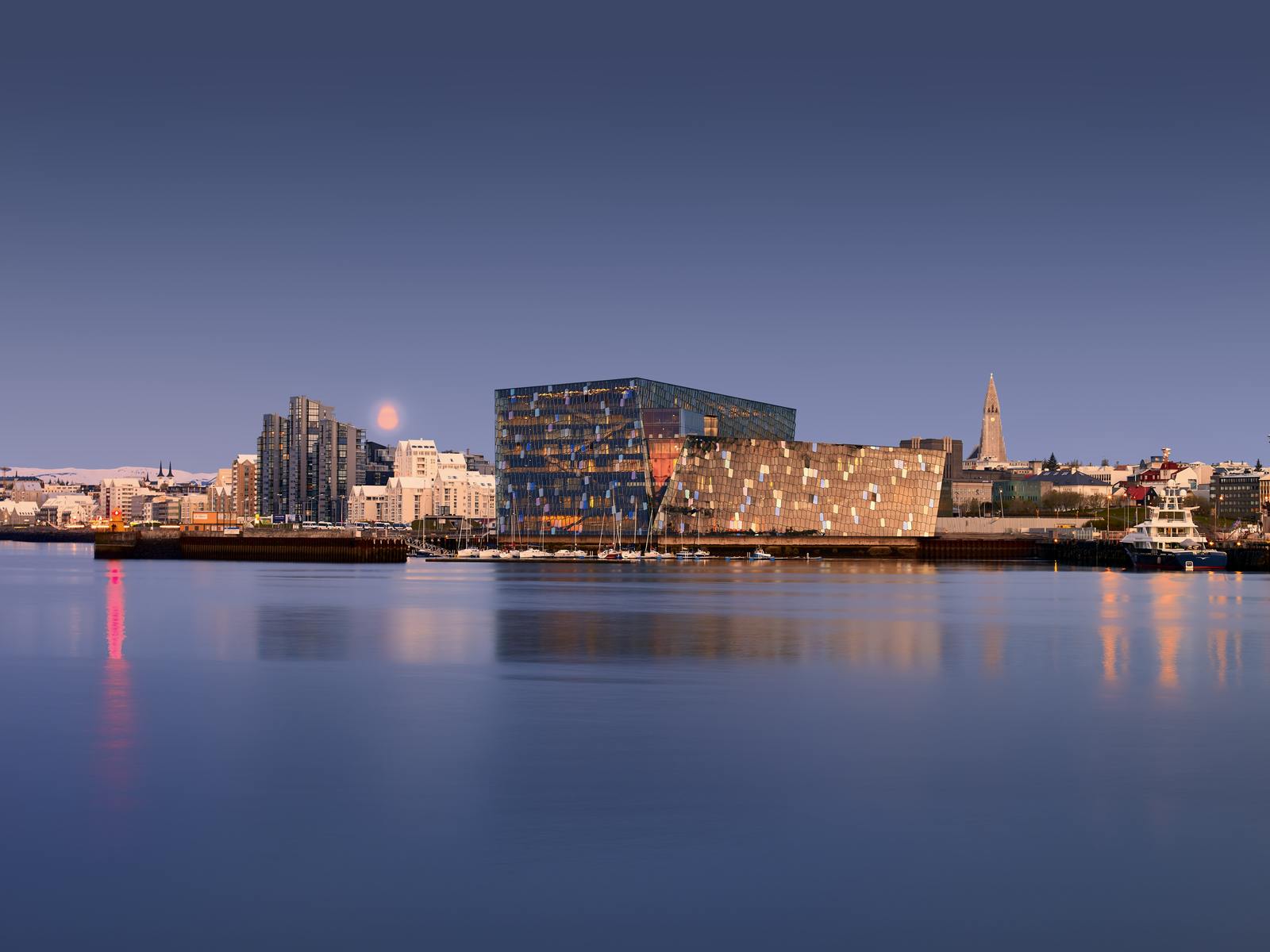
Harpa is open from 10 am every day, and it's free to wander around the numerous floors inside. And after that, as a reminder that even in the middle of Iceland's capital city, you're never far from nature, take a stroll to the wharves behind Harpa to visit the eider ducks which bob around there in the bay.
Reykjavík’s duck pond
After Harpa, if you keep following the road that got you there, another 10 minutes will bring you to Tjörnin which literally means "the pond".
This body of water, right in the centre of the city, is home to many different birds: pink-footed geese, whooper swans, possibly some more eider ducks, and if you're lucky, arctic terns which breed in the Vatnsmýrin wetland preserve, just adjacent to the pond.
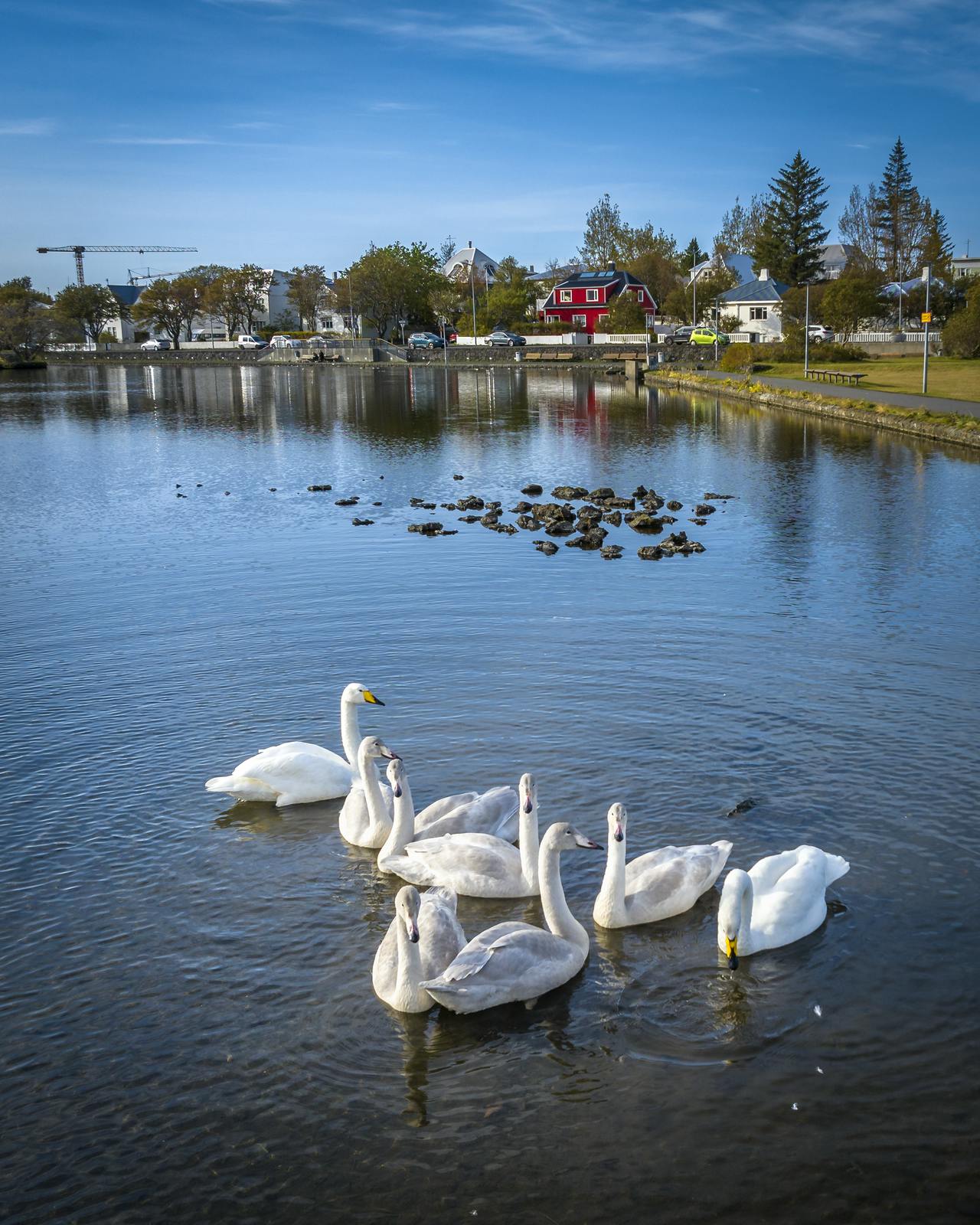
This opportunity to observe Icelandic nature in the middle of the city should put a stroll around Tjörnin firmly on your list of things to do in Reykjavík in July.
Take a dip in a glacial lake
Another activity on your list of things to do in Reykjavík in July should be to snorkel or scuba dive in Þingvallavatn, a glacial lake just a 30-minute drive from the city.
Melted ice from Langjökull, Iceland's second-largest glacier, slowly makes its way southwest underground and flows into Þingvallavatn. It's still only 2 or 3 degrees Celsius when it arrives — that's just above freezing — and the lake never gets any warmer than that, regardless of the time of year.
The part of the lake known as Silfra is where the North American and Eurasian tectonic plates meet. The pure glacial water is of unparalleled clarity, allowing you to see the magnificent rock formations that line the sides right down to the very bottom.
You don't need any qualifications to snorkel at the surface, but if you're already a certified scuba diver, you can go into the depths. Various companies run trips from downtown Reykjavík and will provide you with a drysuit and all the gear you'll need. It's an activity you can do all year round, but we recommend a summertime snorkel as you'll need all the help you can get warming up after your dip!
But before you take the plunge, you should visit Perlan's interactive exhibition on water in Icelandic nature. This multimedia experience celebrates our island's freshwater systems, their importance in Icelandic society and their role in making and shaping the land — including our glaciers and lakes.
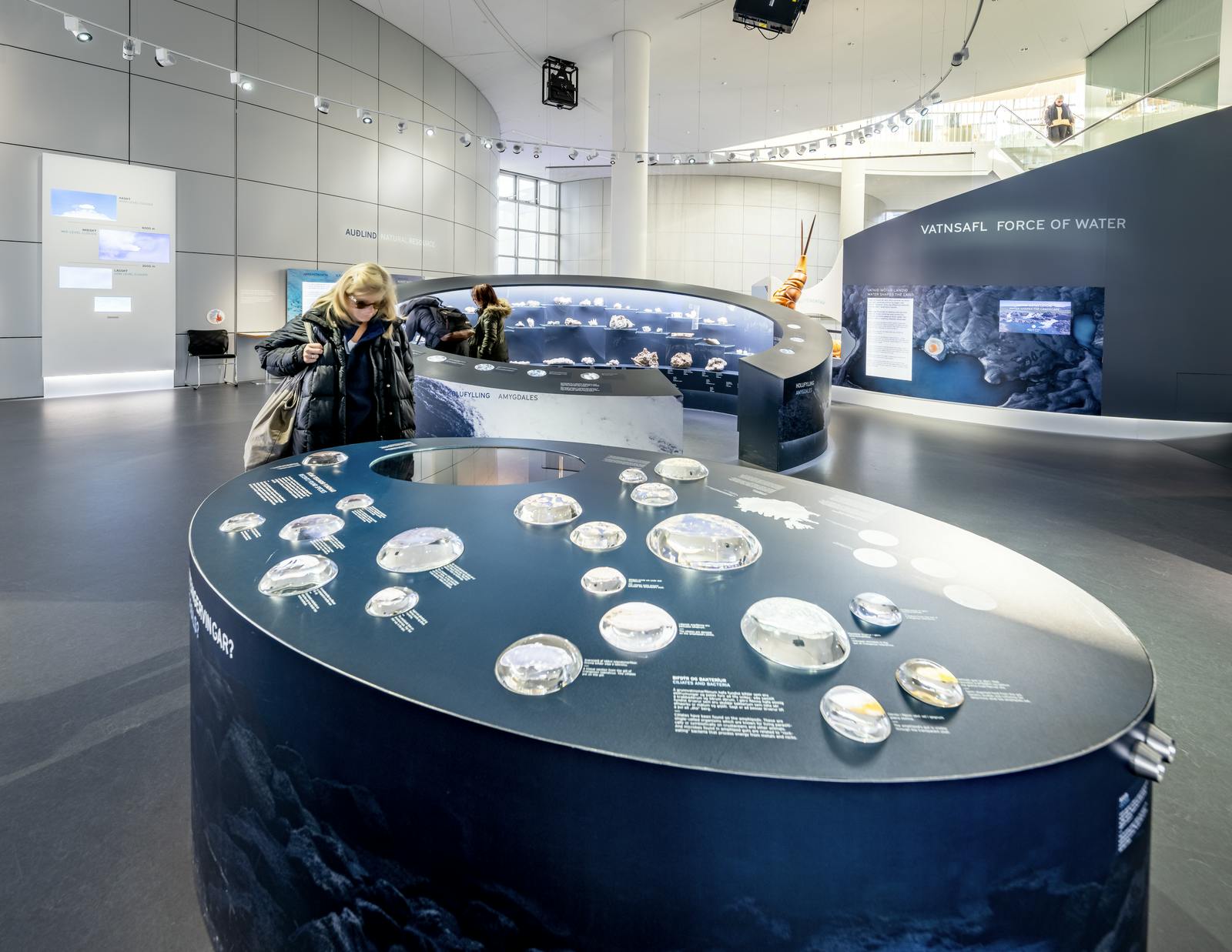
FAQ
Is July a good time to visit Reykjavík?
In many ways, July is an excellent time to visit Reykjavík. The weather is as forgiving as it's ever going to get on our rugged little island; the days are long and Icelandic life is in full swing. Just don't expect to frolic in the snow or see the northern lights (see below).
Can you see the northern lights in July in Reykjavík?
The lights, also known as aurora, are caused by a constant stream of charged particles which travel across space from the Sun to Earth, exciting gas atoms in our atmosphere which then give off that mysterious glow.
Although this stream of particles — known as the solar wind — never stops, the lights produced require a dark sky against which to be seen. And since the midnight sun keeps the skies relatively light in July, you are unlikely to see the aurora. Your best chance would be in December or January when the nights are the longest and deepest.
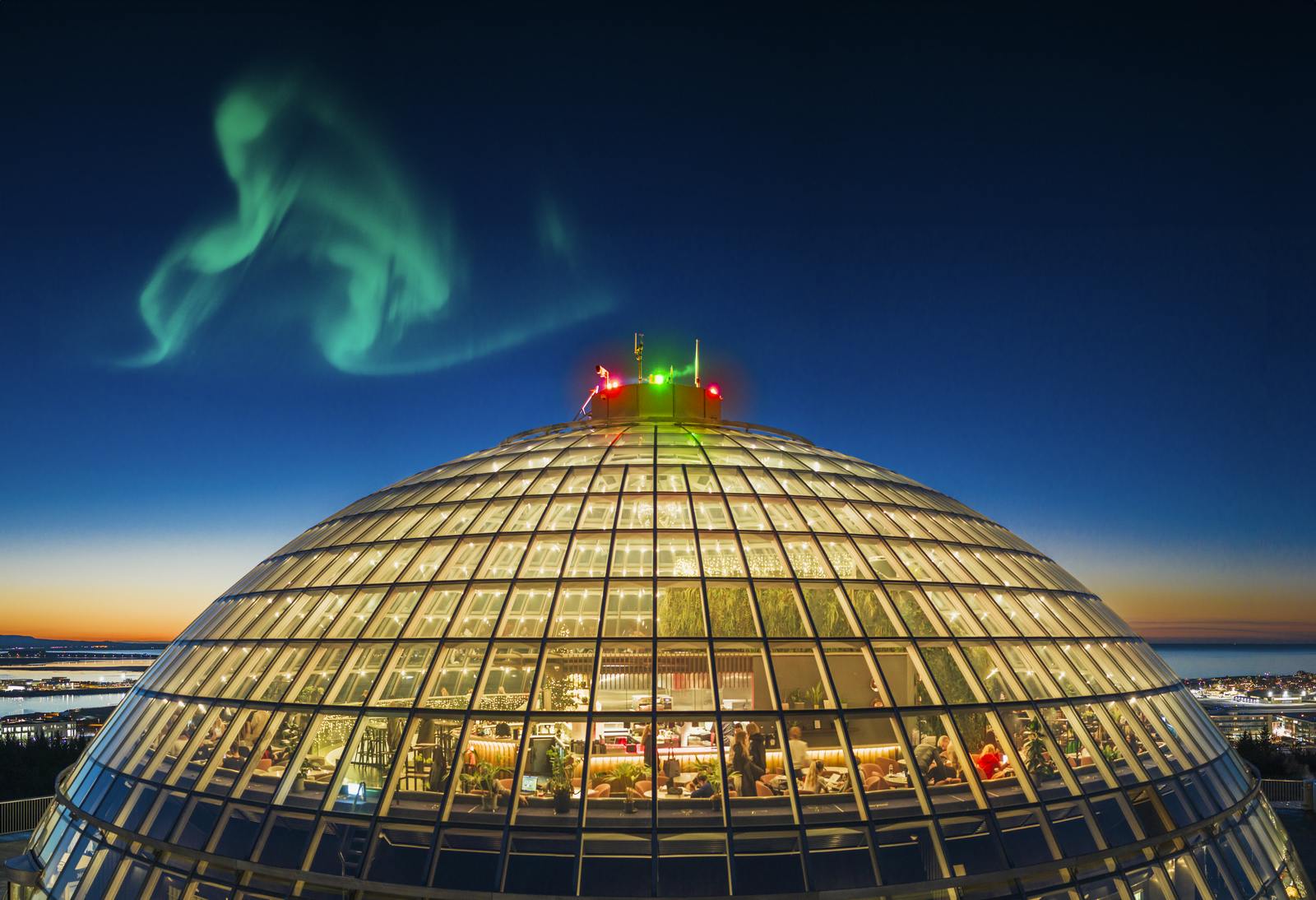
However, if you can't catch the northern lights in the wild, you should check out Perlan's educational and entertaining Áróra exhibit. Experience the full glory of the aurora in Iceland's only planetarium, where art and science come together to deliver a thrilling immersive experience through high-definition projection and surround sound systems.
Is Iceland too busy in July?
That depends on your definition of "too busy"! The months of July and August compete for the description of "peak tourist season", and you will definitely notice the crowds — particularly if you have already visited our country at another time of year.
However, the long days mean that — with a little planning and a willingness to do things outside your normal schedule — you can swerve the tourist hordes by doing your sightseeing early or later in the day.
Offsetting the size of the tourist crowds is the fact that many Icelanders choose to go on holiday during July, meaning that Reykjavík will have fewer residents than usual. Those who haven't gone to Tenerife (a popular holiday destination among Icelanders) can probably be found at campsites around their homeland.
Is Reykjavík worth visiting in the summer?
Reykjavík is worth visiting at any time of year. You'll find Reykjavík at its most alive in the midsummer months when everything is open and the city is buzzing with visitors.
There is no shortage of things to do in Reykjavík in July. And we even get a little sunshine!







